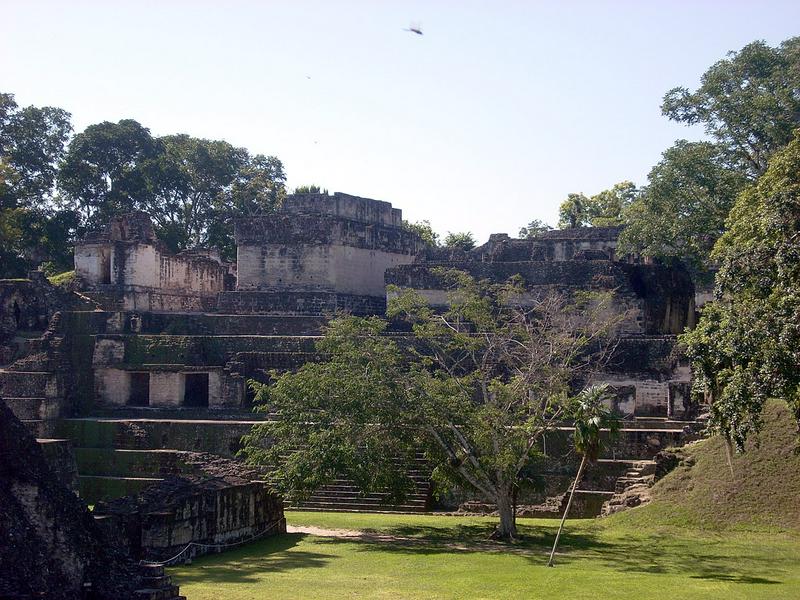Discoveries Of The Mayan Civilization
By | November 21, 2019

The Mayans were highly skilled in many areas including math, engineering, architecture, astronomy, and writing. While many discoveries have been made regarding their civilization and their unusual way of life, much knowledge and skills can be taken from them as well.
Located in the northern rain forest of Guatemala, Tikal was one of the Mayan sites that had massive architecture from as far back as the 4th century B.C. The Central Acropolis site is quite complex with buildings like palaces, courtyards, and small temples. It is believed that small rooms were used for ritualistic ceremonies. The entire area was once 6.2 square miles with 3,000 erections and 90,000 occupants. The Mayan civilization, at that time, was quite domineering in the political world as well as in the economic arena and in the military. Eventually, though Tikal lost its influence as well as its population when it became a desolate place by the year 950 A.D.




An ancient Mayan court residence was discovered by archaeologists in 1996 in Guatemala and named La Corona. It was determined later that it was the location of what was referred to as “Site Q,” where historical artifacts with a different artistic style were found. In 2005, a Yale professor named Marcello A. Canuto found evidence that proved the site was indeed the Site Q.
Just recently, within the last year or so, archaeologists found a 1,500-year-old Mayan altar here. Found in the jungle, this altar was carved out of limestone and was 4.8 feet by 3.9 feet. An image of the Maya king, Chak Took Ich’aak with a double-headed serpent was carved on it. There was also a column of hieroglyphs that recorded the date which would be May 12, 544 A.D.

